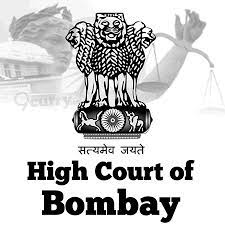Signature & Handwriting Comparison
1. Signature Comparison:
Authentication: Signature Comparison involves determining the authenticity of a signature on a document.
Forgery Detection: Forensic Experts compare a signature of disputed authenticity with known or genuine signatures to assess the likelihood of forgery.
Individual Characteristics: Each person's signature has individual characteristics and variations, and forensic examiners study these to make determinations about disputed signatures.
2. Handwriting Comparison:
Individual Characteristics: Similar to signature comparison, handwriting analysis focuses on the individual characteristics of a person's writing style, including letter formation, spacing, slant, and other features.
Disputed Document Examination: Handwriting comparison is used to analyze and compare written content to determine authorship or detect potential alterations or forgeries.
Both Signature and Handwriting Comparison involve the use of specialized techniques and equipment, such as magnification, digital imaging, and spectral analysis, to examine and compare documents. Forensic Document Examiners are trained to assess these characteristics to provide evidence or expert testimony in legal proceedings.
It's important to note that the field of Forensic Document Examination, including signature and handwriting comparison, requires expertise and adherence to established standards and methodologies to ensure accurate and reliable analysis. When seeking Forensic Document Examination services, it's essential to engage qualified and experienced professionals who follow best practices and maintain objectivity in their analyses.
If you have specific questions about these Forensic Document Examination techniques or their applications, feel free to let me know, and I can provide additional information or further insights.
















